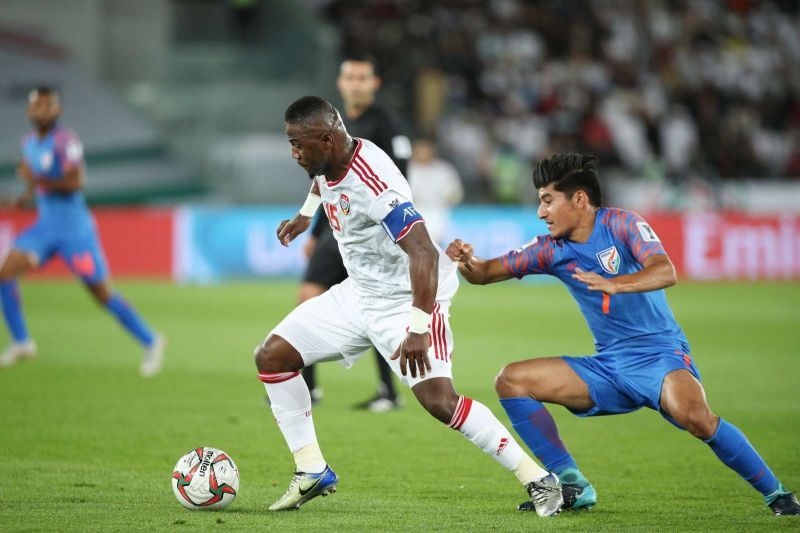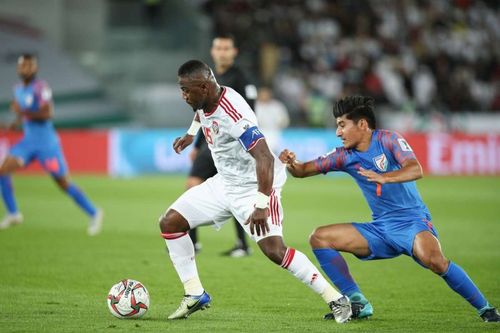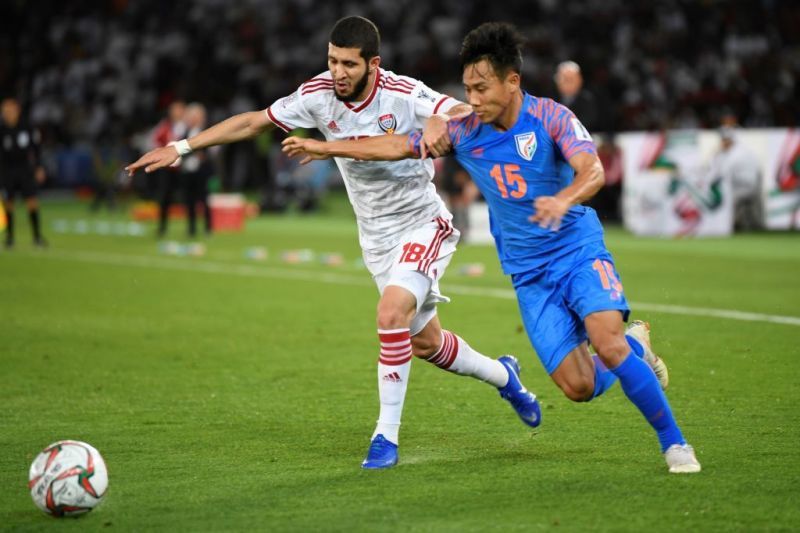
Bigger and longer: ISL needs to emulate Australia’s A-League

India’s dramatic early round elimination from the AFC Asian Cup has struck different chords among fans. There are those who feel satisfied despite the early exit and the other feeling is that of a missed opportunity.
It’s hard to find fault in both. India’s scintillating performances won the hearts of many, but most importantly, it restored its reputation somewhat by showing that it was competent at football.
Qualifying for the 2019 Asian Cup was a fine achievement, but getting to the second round was critical for the sustainability of the sport in India. Sustainability of a sport now rests as much on the interest of the investors as that of the fans. And a positive outcome at the continental showpiece event would have rekindled their affection for the game manifold.
But what now? Where to for the Blue Tigers?
Obviously, the biggest question facing Indian football revolves around its vacant head-coaching job but, more importantly, a direction in which to take the team.
Albert Roca, the former Bengaluru FC coach is widely expected to get the job, although he has not received any formal offer from the All India Football Association.
His candidature has been backed by Bhaichung Bhutia and seems a logical step if the side is seeking a different style of play- the style of playing the ball around, keeping it on the ground and circulating at a high tempo.
But at the same time, there are underlying issues that will be there regardless of who is hired. And that will be critical to Team India's fortunes in 2023, and possibly beyond.
The Indian domestic club football structure is the shortest out of all the 24 nations participating in the 2019 AFC Asian Cup in UAE. The ten- team Indian Super League (ISL) is an 18-games-a-season contest, sans the playoffs.
From the perspective of players’ development, it’s inadequate. A player needs a certain number of competitive matches to develop their game, improve their consistency and to make sure their growth does not stagnate. They need to be in high-level action for a longer course of time in a competitive league.
Moreover, with a longer season, the foreign coaches will be able to inculcate their philosophies into the players with more time on the training pitch. And that will ultimately help develop better players for the Indian national team.
Former Indian captain Bhaichung Bhutia echoes similar sentiments to Goal

."We want to see a maximum number of players playing. The opportunity for players, who are playing at the highest level for a longer period of time, is going to be more and that is what we want.
A lot of players are getting to play only very few matches. In a team in ISL, not all players get to play matches. So the number of matches for a player is less."
He further added, "Making ISL a 7-month affair is a gamble they have to take. There are challenges but it will be beneficial for Indian football."
The Indian Super League (ISL) in its sixth edition, will witness an expansion with the addition of East Bengal and a possible merger between ATK-Mohun Bagan. That will make the league an eleven-team affair with 20 matches a season. However, it still won’t ensure enough matches for the players.
The league organizers and AIFF could look at Australia's A-League for inspiration, which has only 10 teams but they play each other thrice, ensuring 27-games a season, sans the playoffs.
Australia’s A-League has a format similar to the Indian Super League (ISL). However, it is safe to say that it is a better version than the ISL because it not only ensures more matches per season but also doesn’t ignore the table toppers. The winner of the league phase is called “premier" while the winner of the final is called “champion"—and both are awarded AFC competition spots.
ISL’s unfair and flawed format drew the ire of Bengaluru FC goalkeeper Gurpreet Singh Sandhu last season when his side lost the finals to Chennaiyin FC despite topping the league campaign, “we won the league phase and so we are the champions."
The longer the ISL, the less unfair it will become to its league toppers. It’s about time the ISL made changes because there’s too much at stake.
By the time the next Asian Cup rolls along, the players need to be equipped and conditioned so that they can bury the agony of 2019 and scale greater heights.